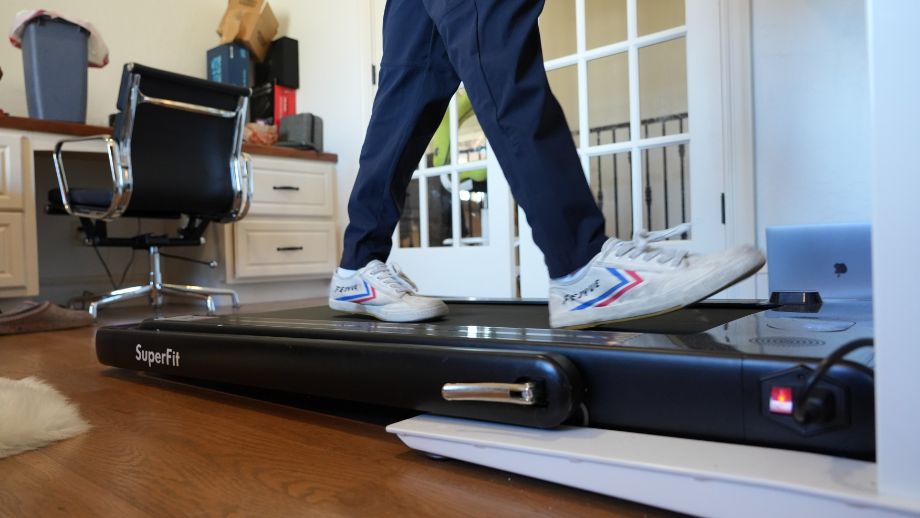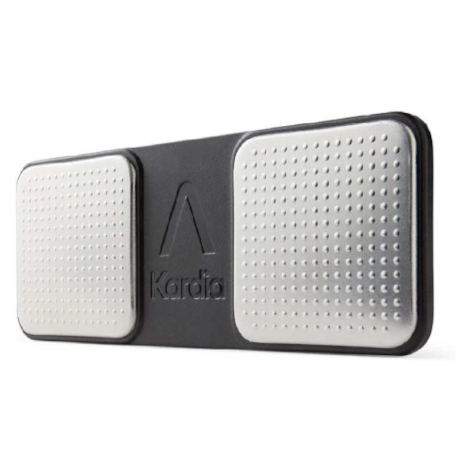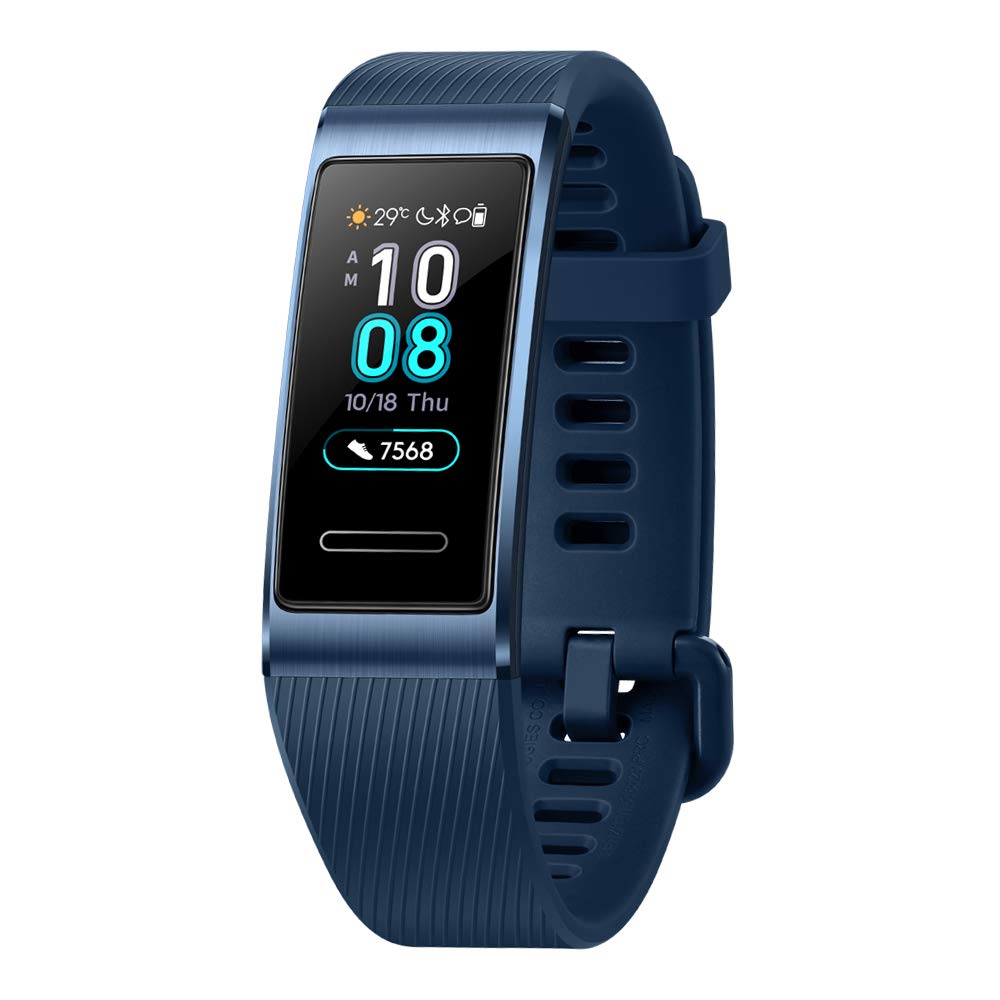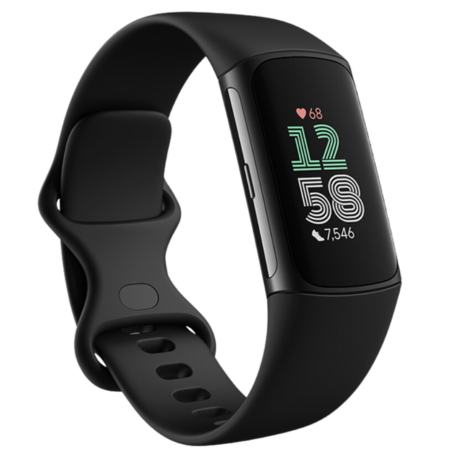Product Highlights
- Daily motivational messages and virtual workout challenges
- Can participate in virtual challenges
- Doesn’t require a Fitbit, but works better with one
- A few notifications may be disabled upon installation
- Basic metrics unless you have a Fitbit
In-Depth Review

The Best Walking Apps (2025): These Apps Were Made for Walking, And That’s Just What They’ll Do
Author: Anthony O'Reilly CPT, CNC
Walking is one of the best workouts, so track your progress with one of the best walking apps for smartphones.
Read the full review.
Pros & Cons
Pros
- On board GPS
- Brighter screen display
- Compatibility with Android 8.0 or higher and iOS 12.2/iPhone 5S or higher (note- synching requires Bluetooth within 30 feet and internet availability)
- Quick release wrist straps makes swapping bands easy
- Rounder face edges which, according to reviews, is more comfortable particularly when sleeping
- Side haptic button in place of physical buttons
- Built in Alexa and Google Assistant
- Basal body temperature tracking allows females to track ovulation and menstrual cycles
- Fitbit Pay (contactless payment with storage of up to 6 credit cards)
- Control music via bluetooth when using Spotify premium
- Detects and records over 20 different activity types (swim, golf, run, etc)
Cons
- Inability to respond to iOS text messages (can respond to Android)
- Reviews report prolonged lag time in opening apps
- Interpretation of data can be complex as there is no meaningful context provided by Fitbit for all the information received
- In order to have continued access to many advertised features, you must pay for premium membership after 6 months
- Does not store music
- Only tracks SpO2 levels if turned on at night
- Reviews state that the screen cracks easily
Specs
| Display Screen Type | 1.58in OLED (Organic Light-Emitting Diode) display\, stainless steel |
|---|---|
| Size | Small size – Fits wrist 5.5”-7.1” in circumference Large size – Fits wrist 7.1″ – 8.7″ in circumference |
| Battery Life | Up to 6 days |
| Water Resistance Level | 5 ATM ““ 50 meters |
| Face Size | 40.5mm across and long\, 12.35mm thick |
Product Summary
Here is the bottom line – the Sense indisputably provides its users with an incredible amount of data. BUT, there is no guidance in understanding what that data means to the individual or how to use it. At present, the app does not provide any meaningful context to the numbers so users are left wondering, is this a good number? Do I need to call a doctor? Am I in the race ready shape I think I am? So, is it worth the hype? The truth is, it really depends on what your goals are in a watch. If you are looking for an all around wellness and health tracker, the Sense is a great option for you.
Customer Reviews
Be the first to review this product!





